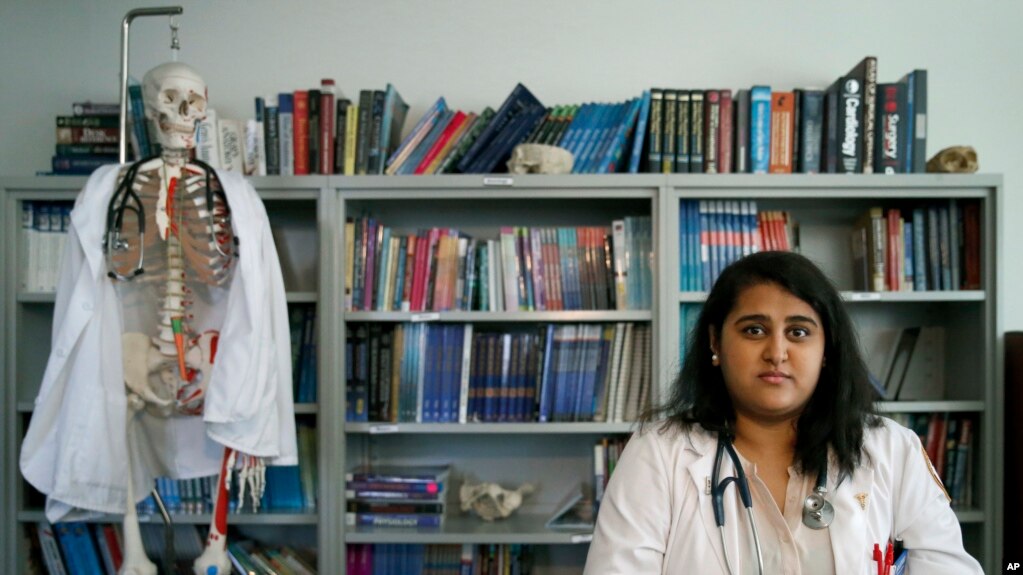 |
| President Mauricio Macri of Argentina sharing a selfie with a supporter after casting his vote in midterm elections in Buenos Aires on Sunday. CreditNatacha Pisarenko/Associated Press |
BUENOS AIRES — The governing coalition of President Mauricio Macri of Argentina won decisive victories in key districts across the country in midterm elections Sunday that were widely seen as a referendum on the center-right leader’s first two years in office.
The election sweep strengthens Mr. Macri’s ability to carry out economic changes he says are necessary to improve the country’s economy, and the results automatically position him as a candidate for re-election in 2019.
In the closely watched province of Buenos Aires, where the Senate candidate aligned with Mr. Macri, Esteban Bullrich, faced off against Mr. Macri’s predecessor and political rival, former President Cristina Fernández de Kirchner, the governing coalition won by four percentage points.
“Today, the winner wasn’t a group of candidates nor a party. Today the winner was the certainty that we can change history forever,” a beaming Mr. Macri said at his campaign headquarters before he danced on stage alongside his wife, Juliana Awada, and key members of his coalition.
In Senate contests, the party with the most votes wins two seats, while the runner-up gets one, meaning that Mrs. Kirchner will get a seat in the chamber anyway. On Sunday night, she declared herself the leader of the opposition in attacking the Macri government.
“We believe in the need to unite all the different political forces that believe this political and social model of austerity will only cause pain to most of the population,” Mrs. Kirchner said.
The center-left Mrs. Kirchner has said Mr. Macri’s policies would hurt the poor and middle class.
In Sunday’s elections, Argentines voted on nearly half the seats in the Chamber of Deputies, the lower house of Congress, and for a third of those in the upper house, the Senate.
Although no party will get an outright majority in the legislature, the strong performance of Mr. Macri’s coalition means it will pick up several seats in both chambers.
In the city of Buenos Aires, long Mr. Macri’s stronghold, his coalition’s ticket received more than half the vote.
“This victory is a huge recognition and a huge dose of support for the change that President Mauricio Macri is leading,” said the mayor of Buenos Aires, Horacio Rodríguez Larreta.
This results showed Mr. Macri’s young coalition gaining support across the country, including in some surprising corners that have long been under the sway of Peronism, the dominant force in Argentine politics for decades.
In the northern province of Salta, the charismatic Peronist governor, Juan Manuel Urtubey, who had been seen as a possible successor for Mrs. Kirchner to lead the opposition, lost to Mr. Macri’s coalition.
Mr. Marci’s allies seized on the results as evidence of a changing political climate in Argentina.
“We are the generation that will change, for real and forever, this province,” said a visibly emotional María Eugenia Vidal, who shocked pundits in 2015 when she was elected governor of the province of Buenos Aires. She has since emerged as one of the most popular politicians in the country.





